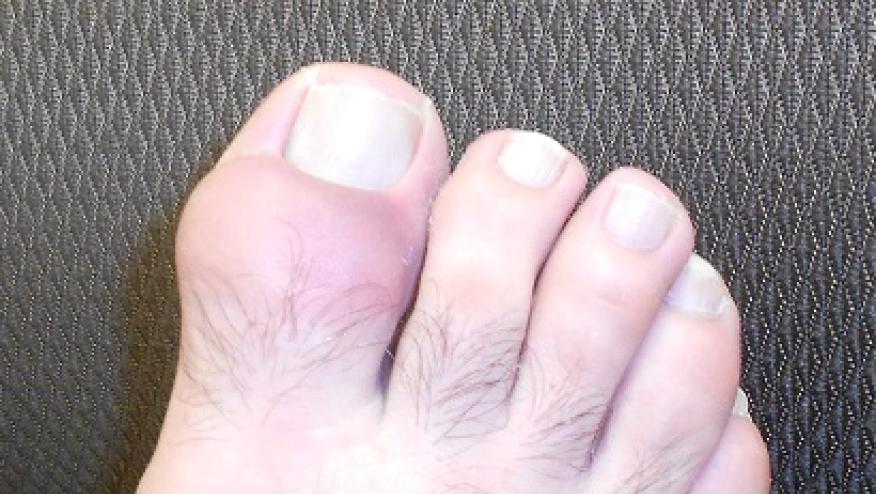New BSR 2017 Gout Guidelines (Best of 2017) Save

Gout is the most common cause of inflammatory arthritis worldwide, affecting 8.3 million Americans and 2.49% in the United Kingdom.
The British Society for Rheumatology/British Health Professionals in Rheumatology (BSR/BHPR) first published a guideline for the management of gout in 2007. They have just updated and published their new guideline, largely because of new therapies, an increasing incidence of gout, low penetrance of urate lowering therapies (ULT), and the inability to achieve a target serum uric acid (sUA) level.
Featured in this guideline are:
- Call for initiation of ULT early in the disease – noting the delay in ULT in most.
- Call for treating to a target SUA of < 6.0 mg/dl. The BSR joins the ACR and EULAR in this paramount objective; one neglected by the American College of Physicians in their guideline
Using a variety of stakeholders, key research questions and a systematic literature they recommended the following:
Recommendations for management of acute attacks
- Educate patients to treat attacks soon as an attack occurs and continue established ULT during an attack
- Affected joints should be rested, elevated and exposed in a cool environment.
- Treat with NSAID or colchicine
- Joint aspiration and injection of a corticosteroid are highly effective in acute monoarticular gout or those with acute illness and co-morbidity.
- When monotherapy is insufficient, combinations of treatment can be used
- IL-1 inhibitors may be reserved for those not responding to the above
Recommendations for modification of lifestyle and risk factors
- Substitute for diuretics whenevery possible
- Patients with gout should be given verbal and written information about the following: the causes and consequences of gout and hyperuricaemia; how to manage acute attacks; lifestyle advice about diet, alcohol consumption and obesity; and the rationale, aims and use of ULT to target urate levels.
- Overweight patients should be counseled on diet and weight loss.
- Screen and manage cardiovascular risk factors and co-morbid conditions
Recommendations for optimal use of urate-lowering therapies
- ULT should be explained to patients when the diagnosis is confirmed to continually prevent the return of gout
- ULT should be discussed and offered to all patients who have a diagnosis of gout, especially in those with ⩾2 attacks in 12 months; tophi; chronic gouty arthritis; joint damage; renal impairment, urolithiasis
- Aim of ULT is to reduce and maintain the sUA at or below a target level of 300 µmol/l (< 6.0 mg/dl)
- Allopurinol is the recommended first-line ULT to consider. It should be started at a low dose (50−100 mg daily) and the dose then increased in 100 mg increments approximately every 4 weeks until the sUA target has been achieved (maximum dose 900 mg).
- Febuxostat can be used as an alternative second-line xanthine oxidase inhibitor for patients in whom allopurinol is not tolerated or whose renal impairment prevents allopurinol dose escalation sufficient to achieve the therapeutic target. Start with a dose of 80 mg daily and, if necessary, increase after 4 weeks to 120 mg daily, to achieve therapeutic target
- Uricosuric agents can be used in patients who are resistant to, or intolerant of, xanthine oxidase inhibitors in patients with normal or mildly impaired renal function
- Losartan and fenofibrate should not be used as a primary ULT, as they have a weak uricosuric effect.
- Colchicine 500 μg bd or od should be considered as prophylaxis against acute attacks resulting from initiation or up-titration of any ULT and continued for up to 6 months. In patients who cannot tolerate colchicine, a low-dose NSAID or coxib, with gastroprotection, can be used as an alternative providing there are no contraindications.
Severe refractory tophaceous gout
- Patients with severe symptomatic tophaceous gout should be referred to a rheumatologist.
- Pegloticase can be effective in such patients








If you are a health practitioner, you may Login/Register to comment.
Due to the nature of these comment forums, only health practitioners are allowed to comment at this time.